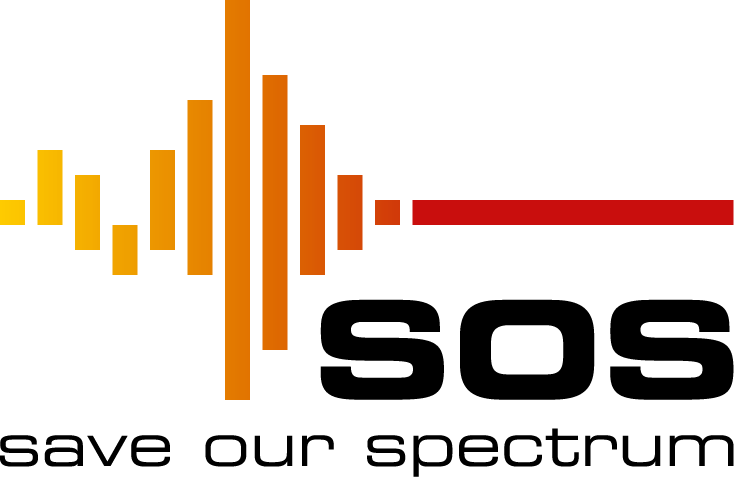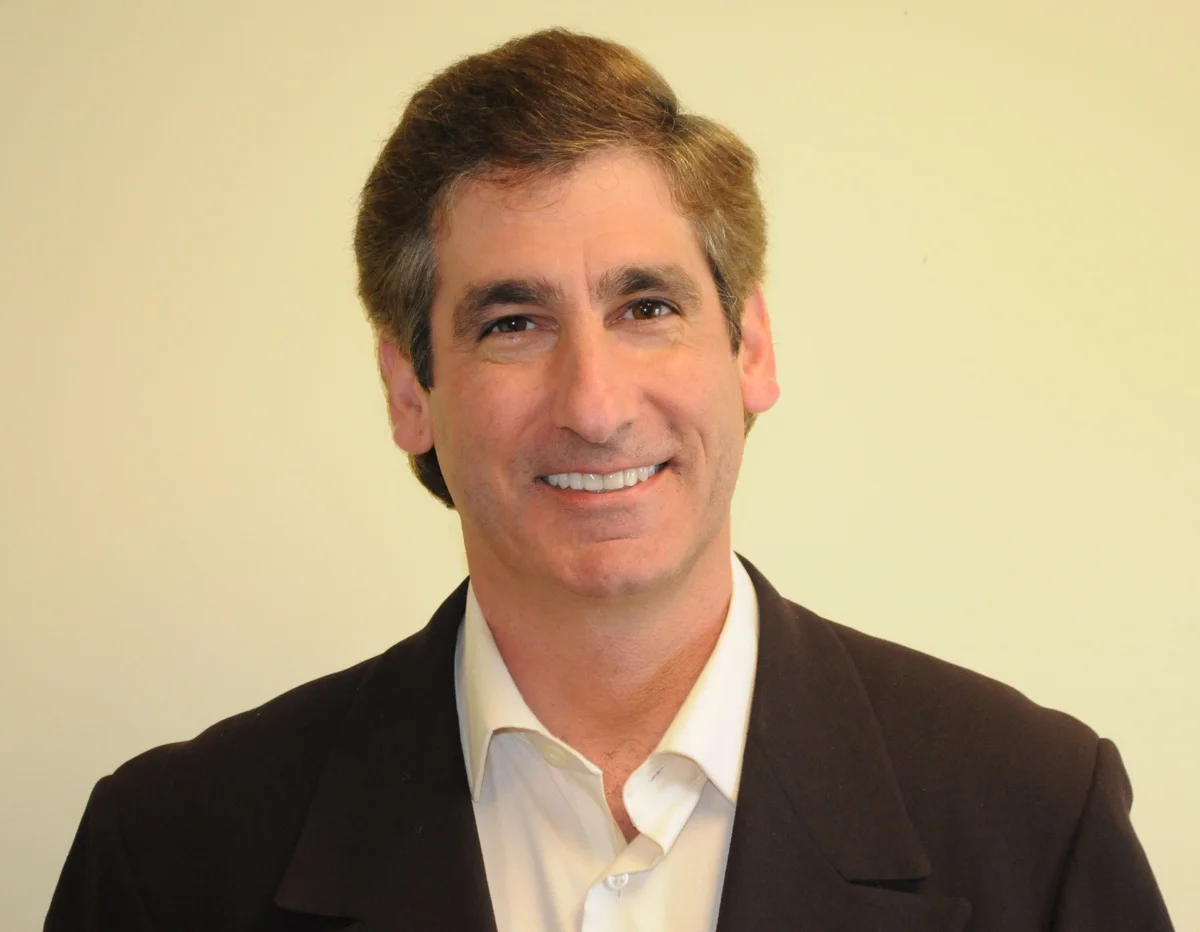A mammoth task for audio engineering: more than 2000 frequencies were coordinated at the SuperBowl 2023. This was announced by the company Sennheiser. Rihanna used the Sennheiser Digital 6000 wireless system during her halftime performance.
It was the second most-watched halftime show in Super Bowl history, surpassing the average viewership of the football game between the Philadelphia Eagles and Kansas City Chiefs by 5 million, according to data from Fox.
Ensuring Rihanna’s performance was sonically sound was a Herculean task. State Farm Arena is technically one of the most difficult environments for coordinating wireless frequencies.
During Super Bowl weekend, Phoenix coordinated more than 2,000 frequencies as the region hosted dozens of events simultaneously, including the 2023 NFL Honors Awards, various VIP events, outdoor concerts and more.
With that in mind, and the ever-shrinking spectrum available to wireless microphone operators, sound engineers and frequency coordinators had their hands full for this year’s broadcast.
“Phoenix is a difficult city because it is the only city that does not officially have a free UHF television channel. They are all allocated for broadcast, so there is very little spectrum available for wireless microphones,” said Joe Ciaudelli, Director of Spectrum & Innovation at Sennheiser. “To make matters worse, although State Farm Arena is a covered stadium with a retractable roof, it offers little shielding from outside RF signals, making it susceptible to interference.” The venue and circumstances made the already challenging Super Bowl halftime show even more challenging for the audio professionals involved.
“Thanks to their ingenuity and careful planning, the audio engineers and NFL frequency coordinators were able to combat the harsh RF environment this year by using special temporary authorizations (STA) through the FCC, along with several other workarounds,” Ciaudelli reports.
An STA gives licensed wireless microphone operators temporary access to frequency bands not authorized for wireless microphones. Engineers also used channels occupied by weak or distant television stations and placed directional antennas to further attenuate these unwanted television signals before they were picked up by the wireless microphone receivers.
Without this planning and ingenuity, the entire broadcast, including Rihanna’s performance, would have been threatened by audio dropouts and interference – a massive potential faux pas for her much-anticipated performance.
Says Ciaudelli, “This year’s Super Bowl shines a spotlight on the challenges posed by the lack of suitable frequencies for wireless microphones, which has resulted in STAs becoming a nuisance appendage at nearly all professional sporting events today. Although it is a temporary special permit, it is used so routinely that it could also be called a temporary standard permit.”
All photos: Sennheiser


